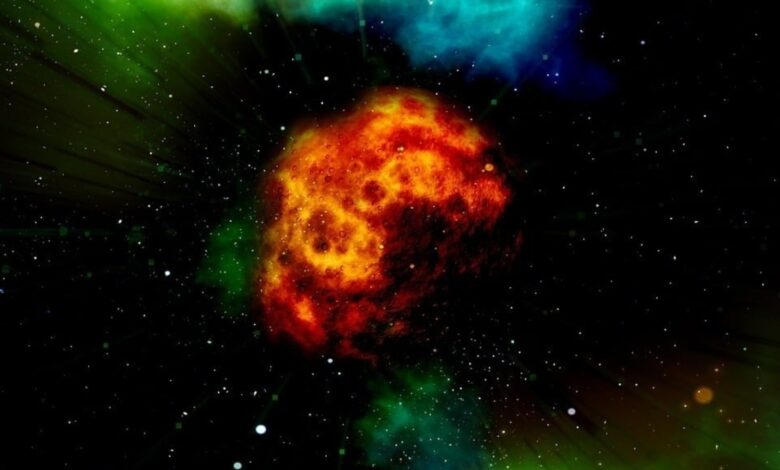Chelyabinsk asteroid-sized space rock to pass Earth at very close quarters today

According to NASA, an asteroid, given the designation of Asteroid 2023 UV6, is on its way towards Earth and will pass the planet at a close distance today, October 27. The asteroid was discovered by NASA’s Defense Coordination Office (PDCO), which is responsible for monitoring the skies and keeping a watch on various Near-Earth Objects (NEOs). Asteroid 2023 UV6 is expected to pass the planet at a distance of 3.9 million kilometers while travelling at a speed of 26329 kilometers per hour, as per the space agency. Here’s all about Asteroid 2023 UV6.
Asteroid 2023 UV6: Details of close approach
It belongs to the Apollo group of Near-Earth Asteroids, which are Earth-crossing space rocks with semi-major axes larger than Earth’s. These asteroids are named after the humongous 1862 Apollo asteroid, discovered by German astronomer Karl Reinmuth in the 1930s.
Despite its close approach, Asteroid 2023 UV6 does not pose any potential threat to the planet due to its relatively small size and hasn’t been classified as a Potentially Dangerous Asteroid. With a width of around 59 feet, the space rock is as big as a house. It is the exact same size as the Chelyabinsk asteroid which exploded over the Russian city in 2013, damaging 7000 buildings and leaving over 1000 people injured.
What’s more astonishing is that this is not the first time that this asteroid will come close to Earth. Its first-ever close approach in recorded history took place on March 14, 2010, as it passed the planet by a distance of 24 million kilometers. After today, the next time this asteroid will make its closest approach to Earth will be just next year on April 18, when it will pass by at a distance of 40 million kilometers.
Asteroid hunting using AI
Did you know that astronomers have also turned to algorithms for asteroid hunting? According to a study published by the University of Washington, an algorithm, named HelioLinc3D, helped researchers discover a potentially hazardous asteroid. Asteroid 2022 SF289, which is almost 600 feet wide, was discovered during the algorithm’s test in Hawaii and has not been deemed as dangerous in the foreseeable future.
As per the study, the algorithm that was used to discover Asteroid 2022 SF289 will be used at a survey telescope known as Vera C. Rubin Observatory in Chile. The HelioLinc3D algorithm uses Rubin’s dataset to find and track asteroids. The survey telescope, which was previously known as the Large Synoptic Survey Telescope, will be used to study the dark matter and unearth secrets of the Milky Way Galaxy when it becomes operational in 2025. It is also expected to boost the discovery of potentially hazardous asteroids.




